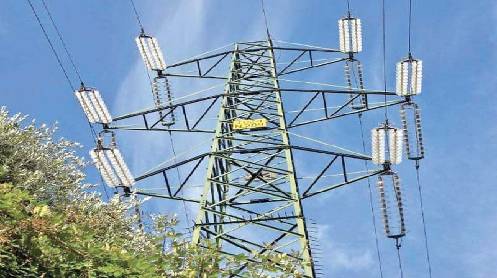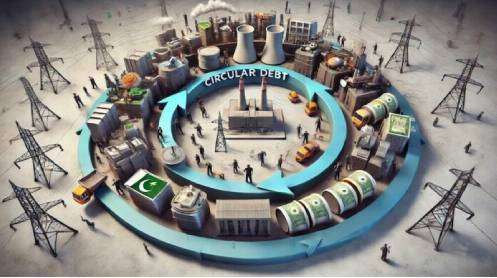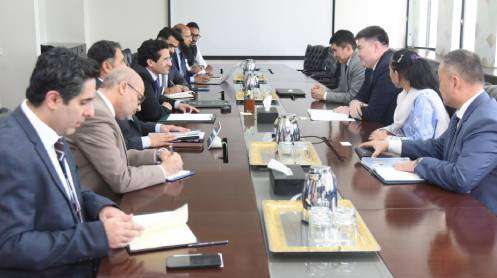ISLAMABAD: Despite massive repetitive price shocks to consumers and countrywide drive against theft and billing defaults, the World Bank has found power and gas circular debts increasing by an average of Rs135 billion to Rs5.5 trillion (about 5.1pc of GDP) by end-January this year and wants the government to do more to recover true cost of supply.
“The government has engaged in comprehensive power sector reforms to contain the accumulation of circular debt, but more needs to be done”, said the World Bank in its latest update on circular debt. At the same time, the World Bank also noted that energy inflation increased from 40.6pc in the first half of FY23 to 50.6pc in 1HFY24 due to significant increases in domestic energy prices.
Yet, it noted the power sector circular debt growing by a monthly average of Rs66.14bn to cross Rs2.635tr (2.4pc of GDP) as of Jan 31 from Rs2.172tr by end-June 2023.
Likewise, the gas sector circular debt has risen by an average Rs68bn per month to Rs2.866tr or 2.7pc of GDP by end-January from Rs2.391tr in June 2023, according to the World Bank based on official data. It has called upon the government to “continue electricity and gas sector tariff reform to align tariffs with the cost of supply to constrain mounting gas and electricity sector circular debt”.
World Bank wants more actions as tariff hikes not helping contain debt
Structural issues, poor planning, and substantial subsidies have resulted in huge inefficiencies across the power sector, affecting supply reliability and generating huge deficits. “Pakistan has the highest subsidies on energy products in South Asia”—about 0.9pc of GDP (Rs976bn), two-thirds of which were for electricity consumption.
The bank noted that while the gap has been recently reduced, the notified tariff remains below the cost recovery level. Around 62pc of residential and all agriculture consumers remain subsidised (this rate declined from 92pc in 2021). While the progressivity of subsidies to residential consumers has improved with recent tariff notifications (July 2022 and July 2023), the subsidy to electric tube wells continues to be regressive, benefiting primarily large and wealthy farmers.
Due to the absence of cost-reflective tariffs, together with operational and technical inefficiencies within the state-owned electricity distribution companies (Discos), revenue collection does not fully cover the cost of electricity supply, which leads to accumulating circular debt.
“Inefficiencies in the Discos include outdated metering practices, low collection rates, high technical losses, and rampant theft. While the pace of accumulation has slowed since FY23, the power sector circular debt has continued to grow”, it said, adding the significant accumulations began in 2018 with the signing of “take-or-pay” contracts for large, imported coal and imported gas power plants which increased capacity payments by 50pc and increased the country’s exposure to international fossil fuel price volatility.
As if that was not enough, gas circular debt stood at Rs2.866tr by the end of January compared to Rs2.391tr in June 2023. While consecutive gas tariff increases have contributed to containing growth, the accumulation is a result of delays in tariff adjustment (three years of no tariff increase), inefficiencies in the sector (i.e. unaccounted for gas); and increasing diversion of expensive RLNG to domestic consumers during winter months.
The bank appreciated “timely tariff increases in the last two years, coupled with subsidy rationalisation reforms” and pressed the government to maintain its commitment to comprehensive sector reforms, including a transition away from fossil fuels.
“This requires addressing inefficiencies within Disco by concessioning to the private sector, reducing the cost of generation and overdependence on imported fossil fuels through increasing the share of renewable energy, bringing end-consumer tariffs closer to the cost recovery level, improving supply-side efficiency and collections while strengthening regulatory capacity”, it advised.
The World Bank also noted Pakistan’s large untapped hydro, solar and wind power potential, but said large variations in seasonal peak demand create challenges for deployment of renewable energy, which requires simultaneous expansion and strengthening of the transmission grid.







